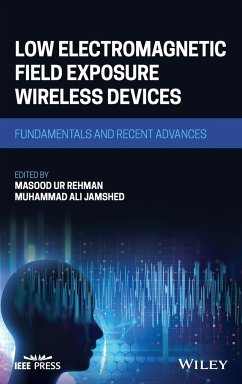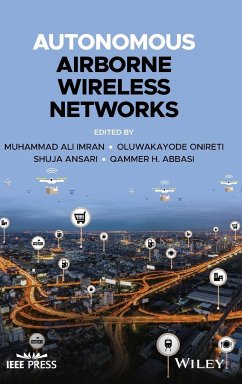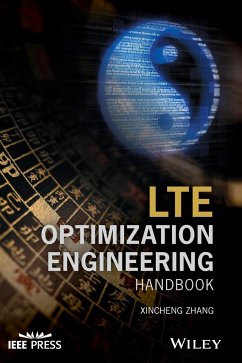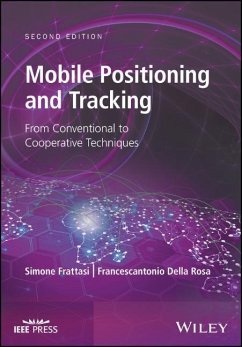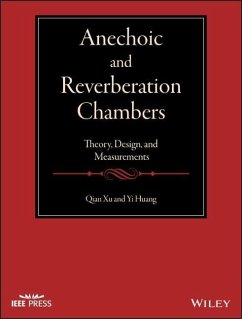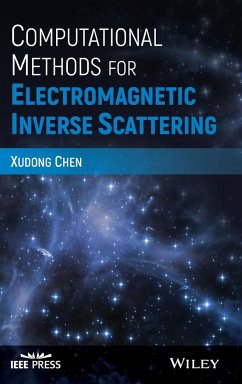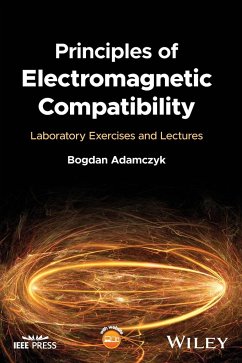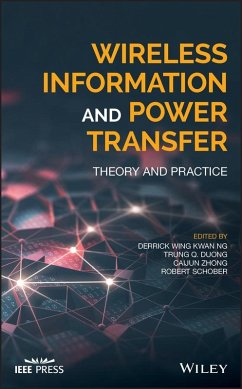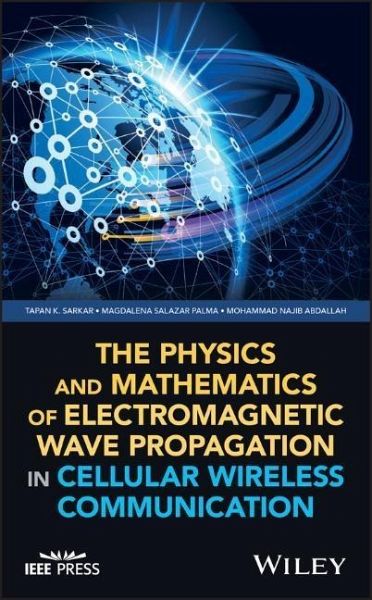
The Physics and Mathematics of Electromagnetic Wave Propagation in Cellular Wireless Communication
Versandkostenfrei!
Versandfertig in über 4 Wochen
116,99 €
inkl. MwSt.
Weitere Ausgaben:

PAYBACK Punkte
58 °P sammeln!
In diesem dringend notwendigen Referenzwerk untersuchen die Autoren, renommierte Experten des Fachgebiets, das Prinzip des Elektromagnetismus nach Maxwell und beschreiben die Eigenschaften einer Antenne im Frequenzbereich. Beleuchtet werden ebenfalls die Ausbreitungsverluste in Drahtlosnetzen sowie Ultrabreitband-Antennen und die Mechanismen der Breitbandübertragung von elektrischem Strom und Daten. Der Inhalt im Überblick:- Erörtert die Schwächen von MIMO-System aus theoretischer und praktischer Sicht.- Zeigt, wie sich Basisstationsantennen so einsetzen lassen, dass sie effizienter arbeit...
In diesem dringend notwendigen Referenzwerk untersuchen die Autoren, renommierte Experten des Fachgebiets, das Prinzip des Elektromagnetismus nach Maxwell und beschreiben die Eigenschaften einer Antenne im Frequenzbereich. Beleuchtet werden ebenfalls die Ausbreitungsverluste in Drahtlosnetzen sowie Ultrabreitband-Antennen und die Mechanismen der Breitbandübertragung von elektrischem Strom und Daten. Der Inhalt im Überblick:
- Erörtert die Schwächen von MIMO-System aus theoretischer und praktischer Sicht.
- Zeigt, wie sich Basisstationsantennen so einsetzen lassen, dass sie effizienter arbeiten.
- Validiert das Prinzip und die theoretische Analyse der elektromagnetischen Ausbreitung in der drahtlosen Kommunikation.
- Zeigt Ergebnisse aus Experimenten, die in der Mathematik und Physik verankert sind.
- Erörtert die Schwächen von MIMO-System aus theoretischer und praktischer Sicht.
- Zeigt, wie sich Basisstationsantennen so einsetzen lassen, dass sie effizienter arbeiten.
- Validiert das Prinzip und die theoretische Analyse der elektromagnetischen Ausbreitung in der drahtlosen Kommunikation.
- Zeigt Ergebnisse aus Experimenten, die in der Mathematik und Physik verankert sind.





